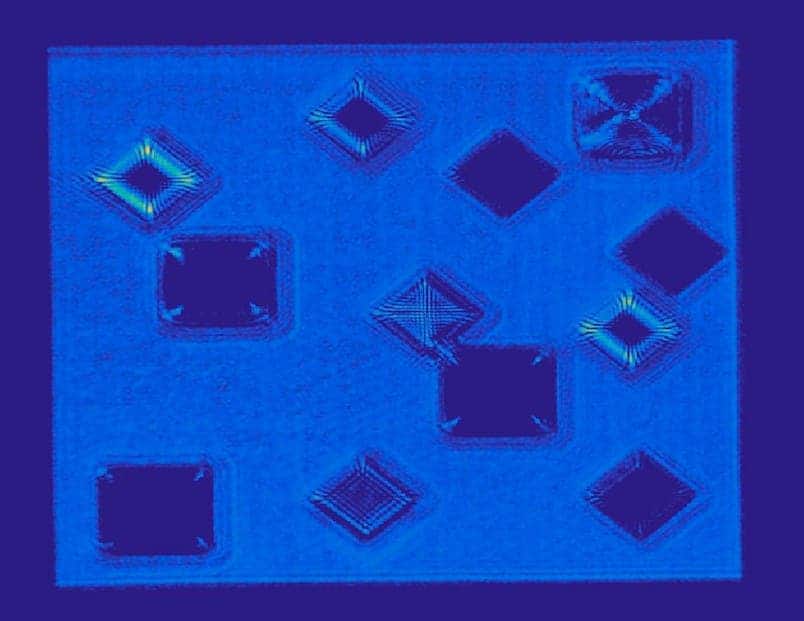If there’s one thing this year has shown us — with the hurricanes, forest fires, and earthquakes — is that we have great need of rescuers. When something happens, you need someone on the ground to save survivors from the rubble, and their mission can be significantly aided by technology.

With this in mind, researchers from Ruhr-Universität Bochum (RUB) and the University of Duisburg-Essen (UDE) have developed a real-time radar system that scans its surroundings. The idea is to have a flying platform capable of generating a 3D image around it (through a combination of radar and laser). Firefighters could send it into a burning building for instance, or through unstable rubble.
The technology isn’t novel in itself, but having the system work in real time is a massive breakthrough, says Prof Dr. Ilona Rolfes, who worked on the project. “When I first started out, such corrections used to take us ten hours,” she says. Today, the analysis is performed in real time via a laptop graphics card. Converting the radar signal into intelligible images requires complex algorithms and massive computing power, so fitting it all in a mobile platform is impressive.
Basically, it functions like this: electromagnetic waves go in all directions, and whenever they encounter an object they bounce back, while some of the energy still continues. A material parameter, the so-called relative permittivity, describes a material’s response to the electromagnetic field and allows researchers to both locate and characterize the material. So if an object is identified in a real situation (let’s say a burning box) it can be localized and identified.

So far, the system has worked in a lab setting, but there’s room for improvement, especially when it comes to a real-life situation.
“Using our system as it is today, we are able to determine the position of an object – and ascertain that it must be made from a different material than, for example, the surface on which it lies,” he says. “In the next step, we will attempt to identify what kind of object we are dealing with.”
The engineers are already capable of identifying the permittivity of synthetic materials. “However, we cannot exactly specify the synthetic material in question as yet, because some of the values are close together,” the researcher continues.

The system also needs to be able to locate itself within the room to the millimeter, and it needs to do all of this in dangerous conditions. Now, the teams plan to test it in a more realistic setting, like a fire lab. Yes, an actual fire lab.






